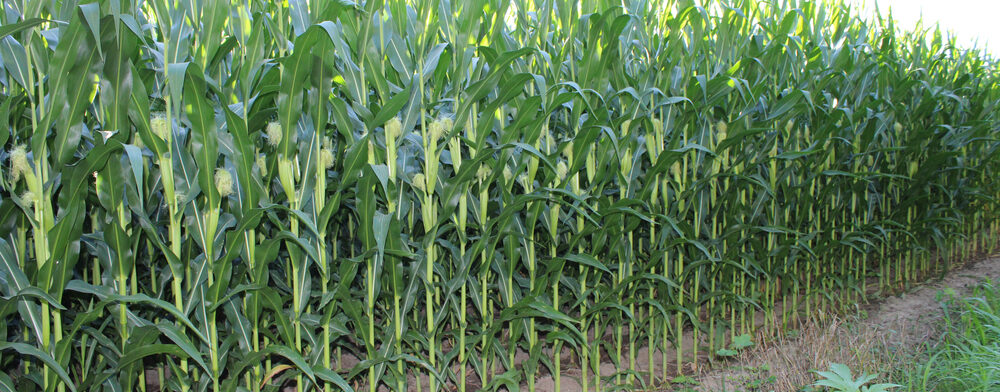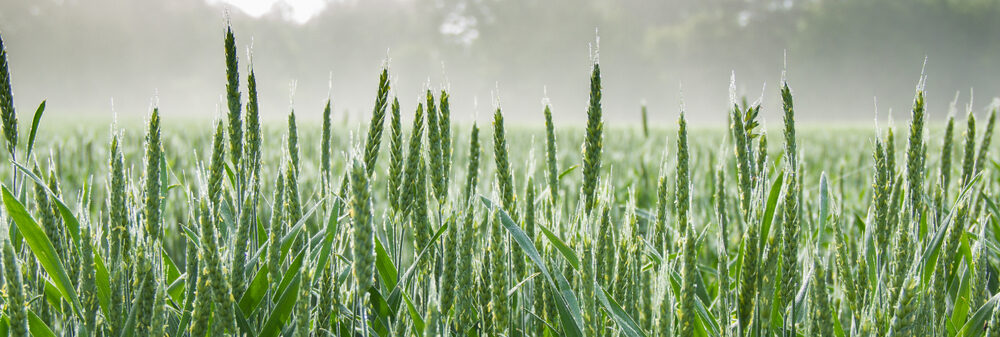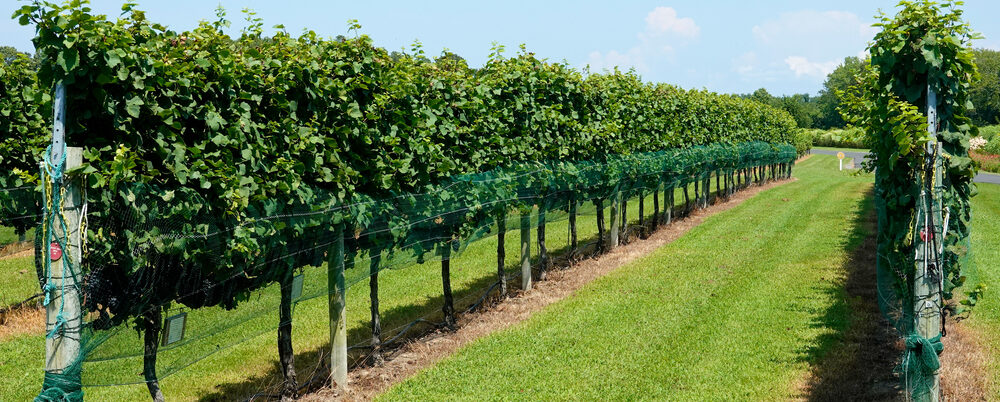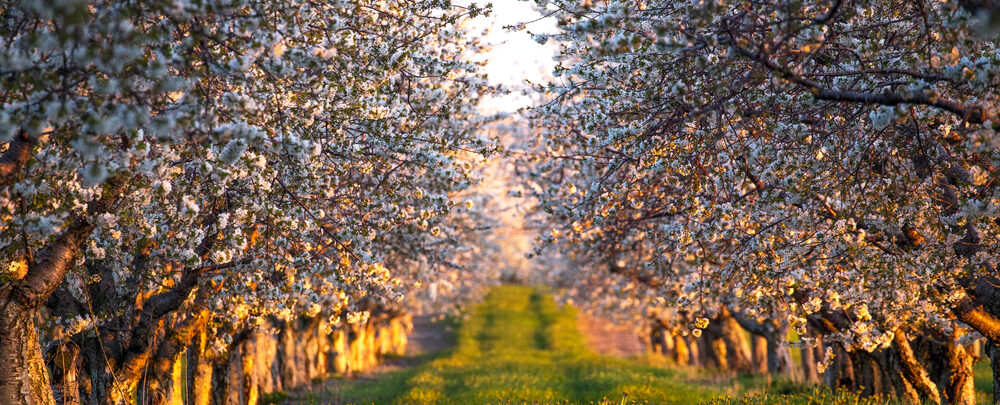While Wisconsin is known mostly for its dairy industry, in 2020, Wisconsin farmers produced nearly 640 million bushels of corn and soybeans, and many other crops are grown throughout the state. This rich and diverse agricultural tradition is one reason why many people across the state may be worried about their exposure to Roundup, an herbicide that’s commonly used in agriculture, which is the subject of tens of thousands of class-action lawsuits.
Agriculture contributes about $105 billion to the state’s economy, accounting for nearly 12% of all jobs. The prominence of farming in Wisconsin is well-known, but it also means that potentially thousands of people in the state have been exposed to Roundup, which has been linked to a common form of cancer.
Not only is Roundup the biggest herbicide or pesticide used in American agriculture, but it is also the most popular weedkiller in commercial groundskeeping and residential lawn care.
What should residents of Wisconsin know about Roundup, what negative health effects are possible, and what legal recourse they may have to seek compensation if they used Roundup and got cancer?
What Does Roundup Do?
Roundup is the most popular herbicide in history, but it didn’t start out that way. In fact, the main ingredient in Roundup didn’t even start out as an herbicide at all. Let’s explore some background of Roundup and how connected it is to Wisconsin agriculture.
History of Roundup
For many years, glyphosate, the active ingredient in Roundup, was used to remove calcium buildup from boilers, pipes, and large-scale heating and plumbing equipment.
But it found new life in the 1970s after a researcher at Monsanto discovered that it could be used to kill plants. In 1974, the company, which was famous for inventing another controversial chemical, saccharin, patented glyphosate for use as an herbicide. The company chose the name Roundup, and soon the product was a smash hit.
Glyphosate is believed to work by attacking production of an enzyme plants need to thrive.
Roundup & Wisconsin Agriculture
Agriculture is not Roundup’s only use, but given the sheer scale of farming, it’s certainly the biggest. Tens of millions of pounds of glyphosate are used in American agriculture every year. How widely used is it in Wisconsin? According to the U.S. Geological Survey, about 3.8 billion pounds of glyphosate have been used on U.S. farms since 1992.
Let’s take a closer look at farming and glyphosate in Wisconsin:
- Since 1992, about 77 million pounds of glyphosate have been used in Wisconsin agriculture. That’s No. 17 in the country, just ahead of North Carolina. Iowa and Illinois rank first and second, respectively.
- In 2017, the most recent year for available data, about 5.7 million pounds of glyphosate were used in Wisconsin agriculture. That ranks No. 15 nationally and represents a 287% increase since 2000.
- Glyphosate is the most widely used pesticide or herbicide in Wisconsin farming —used more than double its leading competitor.
- Corn (53%) and soybeans (45%) account for nearly all glyphosate used in Wisconsin agriculture. Vegetable production adds another 1%, while wheat, alfalfa, and pasture crops account for the bulk of the remainder.
- Wisconsin farmers produced about 533 million bushels of corn in 2020, which is No. 10 in the nation, while the state generated about 105 million bushels of soybeans, ranking it 14th among all states.
Is Roundup Dangerous?
Monsanto and its parent company, Bayer AG, have consistently maintained that Roundup is not dangerous. But there is increasing evidence to the contrary, including a study by University of Washington researchers, which found glyphosate exposure increased the risk of non-Hodgkin lymphoma by about 40%.
Non-Hodgkin lymphoma (NHL) is the type of cancer suffered by most of the plaintiffs in the estimated 125,000 lawsuits that have been filed over Roundup so far. All the plaintiffs who have won jury verdicts against the product have this type of cancer.
Non-Hodgkin Lymphoma
Like all forms of lymphoma, NHL is a cancer of the white blood cells. Multiple forms of lymphoma fall under the NHL label, and they differ from another well-known type of cancer, Hodgkin lymphoma, called Hodgkin’s disease by many people.
American Cancer Society projections indicate that about 82,000 Americans will be newly diagnosed with NHL this year, and the cancer accounts for about 4% of all cases.
Wisconsin residents who used glyphosate or Roundup should watch out for some common symptoms, though signs vary by age and the extent of the cancer:
- Chest pain
- Cough
- Chills
- Easy bruising
- Fatigue
- Fever
- Frequent, severe infections
- Night sweats
- Shortness of breath
- Swollen abdomen
- Swollen lymph nodes
- Weight loss
Wisconsin Roundup users who have experienced any of these symptoms, especially those experiencing more than one, should contact their doctors to seek a full evaluation. The good news is that survival rates for NHL are high, especially in the early stages of the disease. Nearly three-quarters of people diagnosed with early-stage NHL survive for at least five years. But early detection is critical; after NHL has spread, the five-year survival rate falls to about 57%.
Roundup’s Regulatory Status
On a national level, Roundup remains authorized for use because, as recently as 2020, the U.S. Environmental Protection Agency (EPA) has ruled that it is non-carcinogenic, which means it doesn’t cause cancer.
But the EPA is on an increasingly small list of agencies and health authorities that have made this determination. The World Health Organization’s cancer research agency began listing glyphosate as a probable carcinogen in 2015, and the state of California joined that assessment soon after. Barring a legal challenge, New York is set to become the first state to ban glyphosate use on public property at the end of this year, and many communities across the country have banned or limited its use.
What’s the Current Status of Roundup Litigation?
Of the 125,000 cases over Roundup, three have proceeded to trial. Each of those have ended in verdicts that found that, not only did Roundup cause cancer, but that Monsanto knew the product was dangerous and did nothing to protect the public.
While each jury award was reduced on appeal, after suffering three straight court losses, Bayer issued a settlement offer in 2020. The company proposed setting aside $10 billion to end the bulk of cases pending, and in 2021, the company has been negotiating a $2 billion settlement offer for potential future cases.
Negotiations continue, and at least one court hearing about the $2 billion proposal for future cases is expected to take place in the summer of 2021. Some plaintiffs are said to have accepted Bayer’s settlement offers under the $10 billion settlement, but nothing has been finalized yet.
Additionally, Bayer continues to appeal two of the three verdicts against it. In March 2021, the company announced it would no longer pursue appeals in one of the three, though that plaintiff, the first one whose case was decided, has not yet received compensation.
Labeling Class-Action Settlement
Bayer also had faced a class-action lawsuit over what consumers allege was misleading product labeling. A $40 million settlement was approved in that case, and Wisconsin residents who bought Roundup after Feb. 13, 2013 may be eligible to receive up to $90 in compensation because of language on the product label indicating that because it targets a plant enzyme it can’t harm people or pets.
How Much Can I Get From a Roundup Lawsuit in Wisconsin?
Roundup victims looking at the three jury verdicts, with their awards topping a combined $2 billion, could be considering their legal options and wondering how much money they might receive from a Wisconsin Roundup class-action lawsuit.
While it’s true that Roundup and its makers have suffered legal setbacks, to date, no cancer victims have received payments from Bayer, so the picture is quite murky.
Still, Bayer’s proposed settlement offers include some language that could help consumers understand the factors that might make it possible for them to receive increased settlement offers. It’s believed the average victim will receive about $165,000.
Those who were diagnosed at a young age are expected to receive more, while survivors of Roundup victims who have died are expected to receive the highest boost to their settlement offers, especially if the victim left behind a spouse or juvenile children at the time of their death.
Currently, the proposal calls for victims who receive money to be U.S. citizens, which would exclude many migrant workers who may have used Roundup and gotten sick.
What Should I Do if I Have Been Affected by Roundup?
Wisconsin residents who have used Roundup, glyphosate, or a related herbicide, should stop using the product right away. If they’re using it for their jobs, they should consult their employer for a safer alternative. And if you’re experiencing any of the medical symptoms we detailed earlier, please seek an appointment with your doctor for a full examination.
Settlement negotiations are ongoing, but if you haven’t yet filed a lawsuit over Roundup, there’s still time for you to seek justice. The best way to determine your legal course of action is to speak with an expert Roundup class-action law firm in Wisconsin, and we can help connect you with a firm in your area.
Consultations are typically free, and you probably won’t pay any legal fees unless you win your case.





